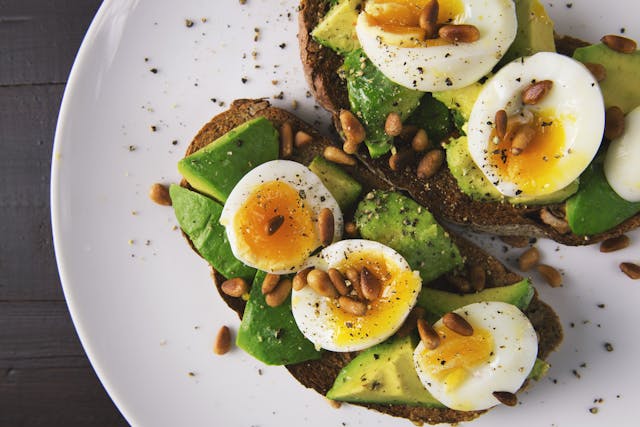
What to Eat Before & After Exercise
Eating the right foods before and after exercise can have a big impact on how you feel during your workout. Our bodies need nutrients before,

Eating the right foods before and after exercise can have a big impact on how you feel during your workout. Our bodies need nutrients before,
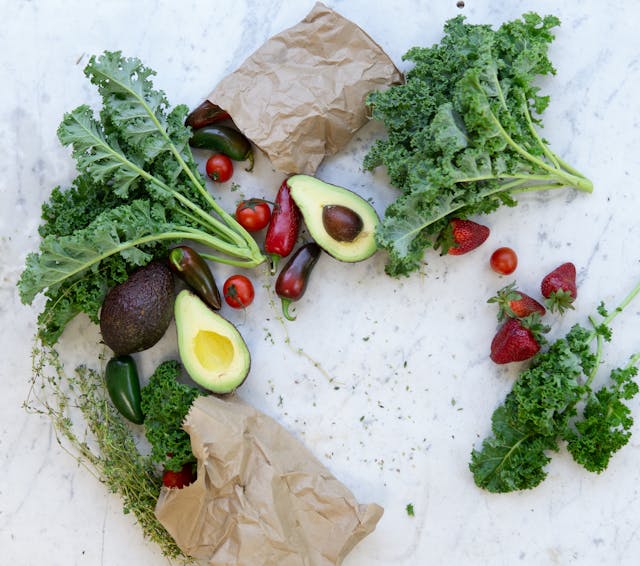
If you or someone you know has Inflammatory Bowel Disease like Crohn’s or Ulcerative Colitis, Irritable Bowel Syndrome, or chronic acid reflux, read on for

May is National Menstrual Health Awareness Month. It’s all about spreading the word for easy access to menstrual products, learning more about periods, and breaking

Do you ever feel annoyed that a long day is over, but you still haven’t had one minute just for you? So then you decide
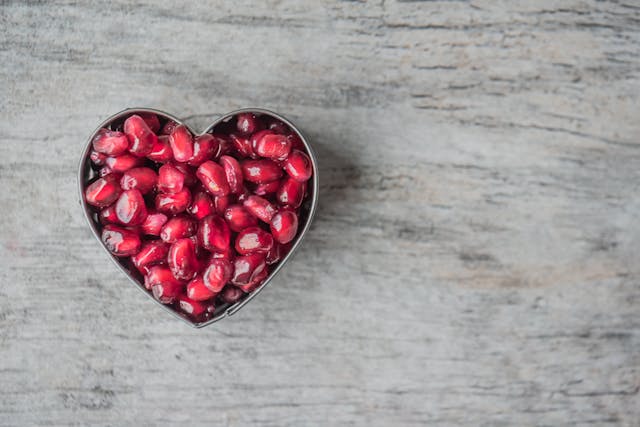
Here’s a question: How old is your heart? That seems like an easy question to answer: It’s as old as you are! But when it
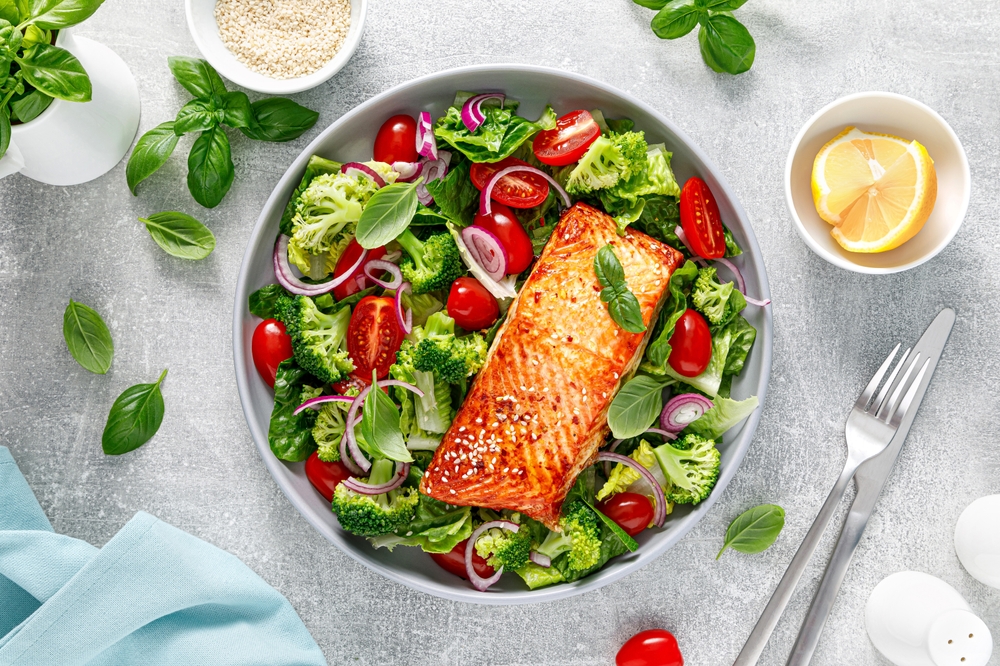
Did you know that your skin is the largest organ in your body? Our body’s natural shield has many uses and is always working. Your
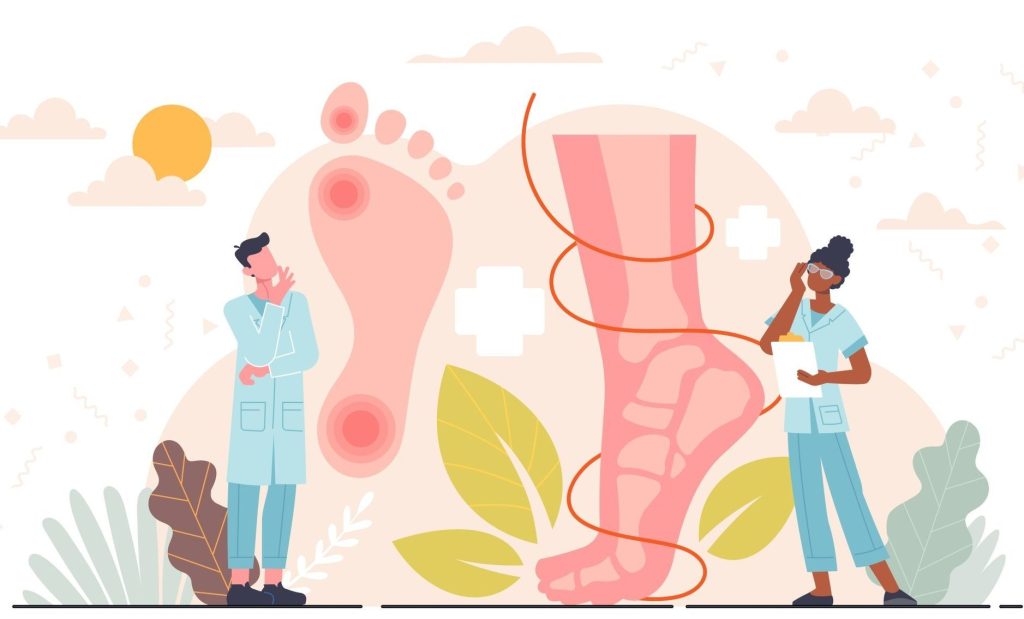
Having diabetes can feel overwhelming. There’s a lot to pay attention to – like checking your blood sugar, taking medication, getting regular check-ups, and keeping

Pre-made spice blends at the grocery store make cooking easier but they tend to be pricey. Did you know you can mix up your own

Did you know every message you text, every email you send, every Google file you create makes a digital record that then requires energy to